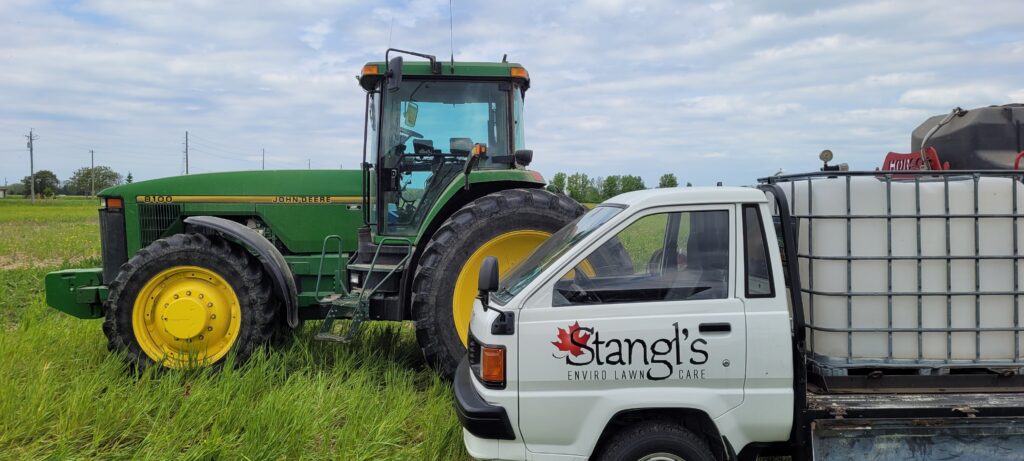Farming is an integral part of our society, providing us with the food we eat every day. However, with the increasing pressure to produce more food to meet the growing demand of our population, farmers have resorted to using synthetic fertilizers and pesticides to increase their yield. This approach, although initially successful, has resulted in soil degradation, reduced biodiversity, and water pollution. The government has been investing in these practices for years, but now it’s time to shift our focus to a more sustainable approach – regenerative agriculture.
Regenerative agriculture is a system of farming that focuses on building soil health, increasing biodiversity, and reducing inputs. The aim is to create a closed-loop system that is self-sufficient, resilient, and sustainable. This approach not only benefits the environment but also the farmers, who can reduce their input costs, increase their profits, and produce healthier crops.
As a farmer, you might be intimidated by the thought of switching to a new approach, but regenerative agriculture is not a radical departure from traditional farming methods. It is simply a different way of thinking about farming that takes into account the interconnectedness of the environment and the need to work with nature, rather than against it.
One way to start is to look at your soil health. Healthy soil is the foundation of any successful farm, and regenerative agriculture focuses on building and maintaining soil health. You can use tests such as the Haney test, PLFA test, SAP test, and soil biological assay to understand the health of your soil and identify areas for improvement.
Another aspect of regenerative agriculture is increasing biodiversity. This can be done by planting cover crops, introducing livestock to your farm, and reducing tillage. By doing so, you create a more diverse ecosystem that is more resilient to weather conditions and pests.
At this point, you might be wondering how to get started with regenerative agriculture. One way is to start small and gradually transition your farm to a regenerative system. You can also seek help from local experts, such as Michael Stangl, who has been working on regenerative Nature’s Brew Process. By collaborating with locals, you can learn from their experiences and build a community of like-minded individuals who share the same vision.
As a farmer, you have the power to make a difference in our society. By adopting regenerative agriculture, you can reduce your environmental footprint, increase your profits, and produce healthier crops. The government may be hesitant to invest in new approaches, but with a solid plan and evidence-based results, you can make a compelling case for them to support regenerative agriculture. It’s time to take a step towards a sustainable future – one farm at a time.
